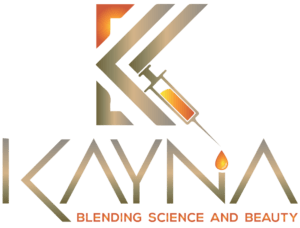ANTIAGING
Anti Aging Treatment
As we age, our skin ages, too. You can’t stop time—but there are steps you can take to reduce its effects on your skin. Here are most common anti-aging treatments available.
1. Botulinum Toxin Therapy
More commonly known as Botox, Dysport or Xeomin, botulinum toxin injections help reduce frown lines (glabellar lines) in between the eyebrows and crow’s feet at the corners of the eyes. This treatment works by keeping the muscles in these areas from tightening. There is usually no recovery time for this cosmetic procedure, but it can take up to a week to see the effects. The results typically last about 3 to 4 months.
2. Dermabrasion
Used to treat wrinkles, age spots, and sun damage, dermabrasion uses a special rotating brush to remove the outer layer of the skin from small areas of the face. New, smoother skin grows in to replace it. The new skin will look red or pink for a few weeks, and you may have some scabbing or swelling for a few weeks after the treatment. It can take weeks or months to see the full results. You may need to take time off from work or other commitments. You may need only one treatment, but people with deep scars or significant signs of aging skin may need more than one dermabrasion.
3. Microdermabrasion
Like dermabrasion, this treatment removes the top-most layer of skin. But instead of a rotating brush, microdermabrasion uses a special machine to spray tiny particles on the skin. It is less abrasive than dermabrasion and takes less time to heal. It can be used on all skin types, but you may need several sessions to achieve the desired results. Many people include microdermabrasion as part of their anti-aging skin care routine.
4. Chemical Peels
During a chemical peel, your doctor uses an acid to peel away the outermost layer of skin. It removes age spots and wrinkles, and gives you a brighter skin tone. Your skin will need some time to heal after the peel and will appear red for a week or two. Depending on the type of peel you receive, you may need to have more than one treatment to achieve the results you want.
5. Fractional Laser Skin Resurfacing
For this treatment, your doctor uses a special laser to treat narrow columns of skin. The laser damages deep layers of skin, which stimulates new skin cell growth. The damaged areas peel away and reveal smoother, younger-looking skin. Fractional laser skin resurfacing can help treat wrinkles and fine lines. Although your skin will not likely need time to heal after fractional laser skin resurfacing, you may have some redness, pain, peeling or scabbing. You may need several treatments over a few weeks to get the results you want.
6. Dermal Fillers
Fillers are substances that a doctor injects into your skin to fill out wrinkles and lines. Some popular fillers include collagen, hyaluronic acid gel, and fat. You can use fillers on your lips, face and hands. In most cases, you don’t need any downtime after getting a filler, and you will see the results right away. Fillers last from 2 months to 3 years, depending on what type you get. Collagen is one of the shortest lasting fillers, while injections of your own fat last 1 to 3 years.
7. Nonablative Skin Rejuvenation
Nonablative skin rejuvenation uses lasers and other types of energy to treat wrinkles, age spots, and loss of skin tone. This type of treatment does not remove the outer layer of skin, and you don’t usually need any recovery time. You may need several treatments to achieve the best results, and it can take up to a few months to see the full effects.
